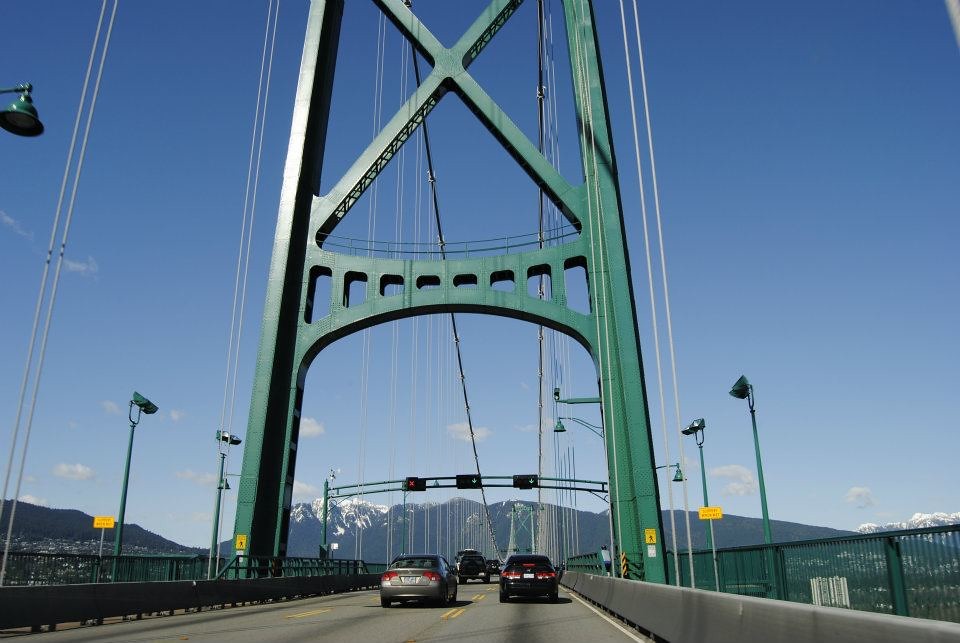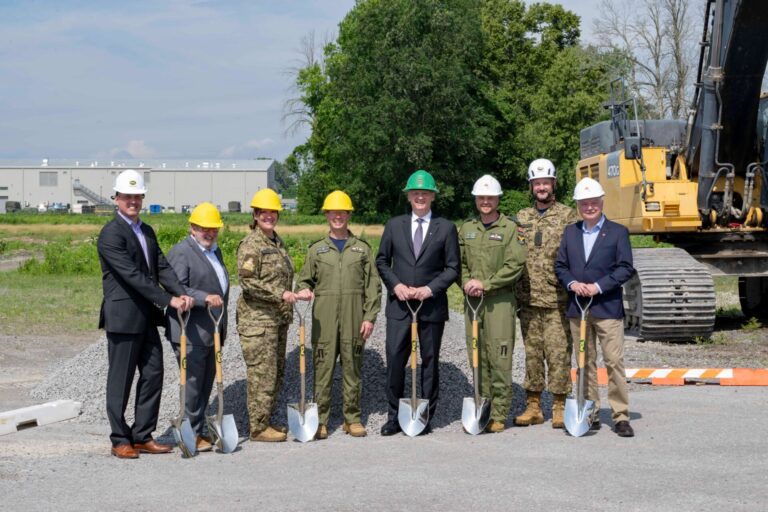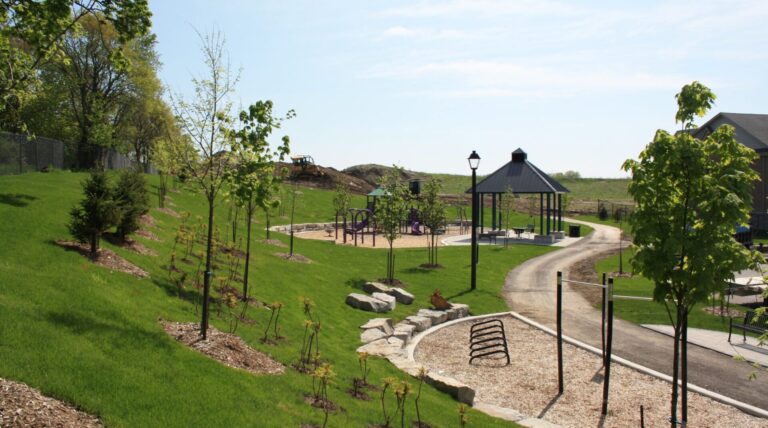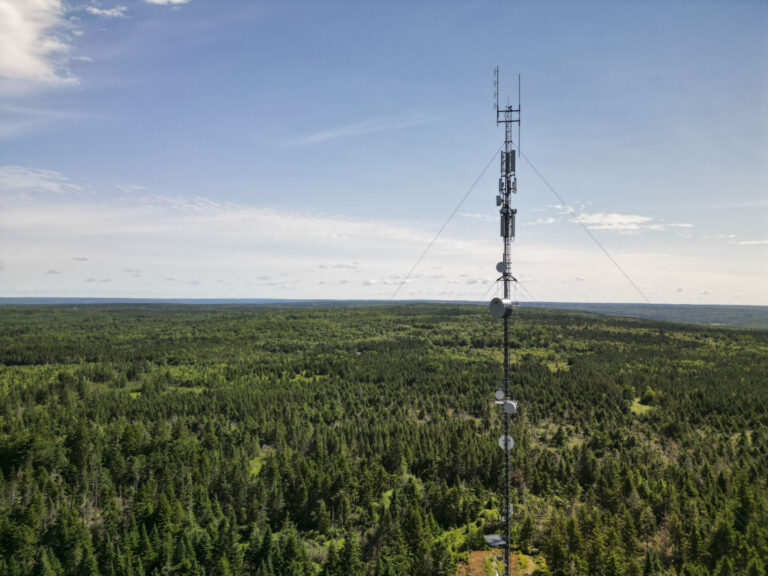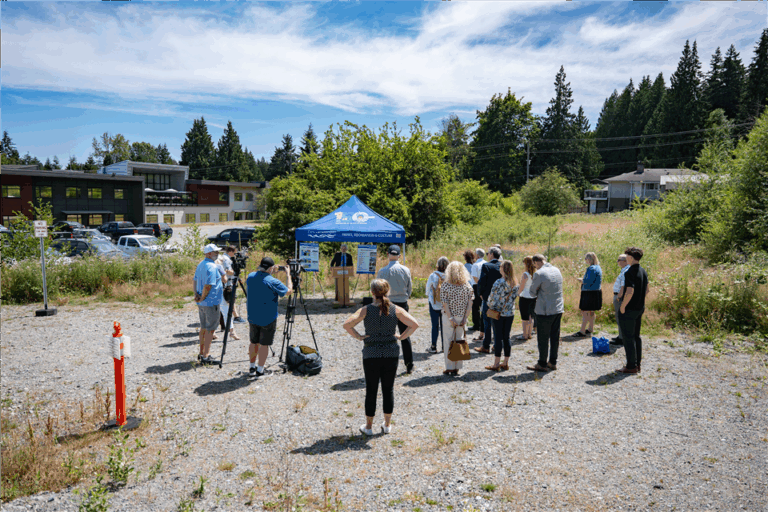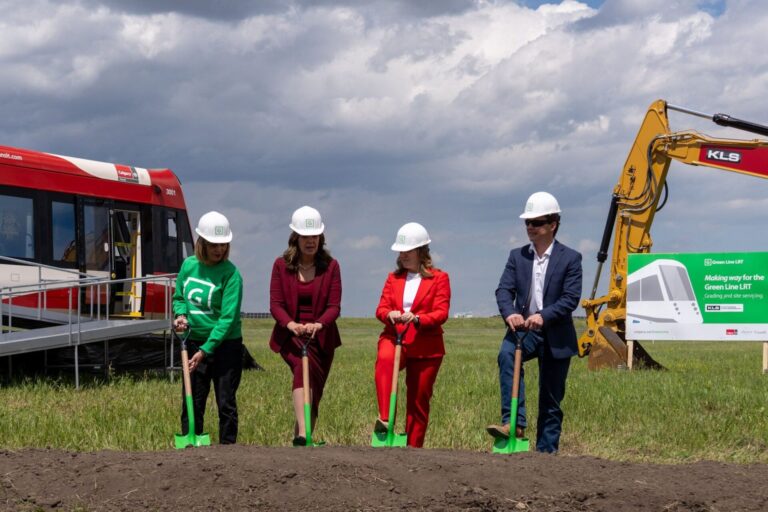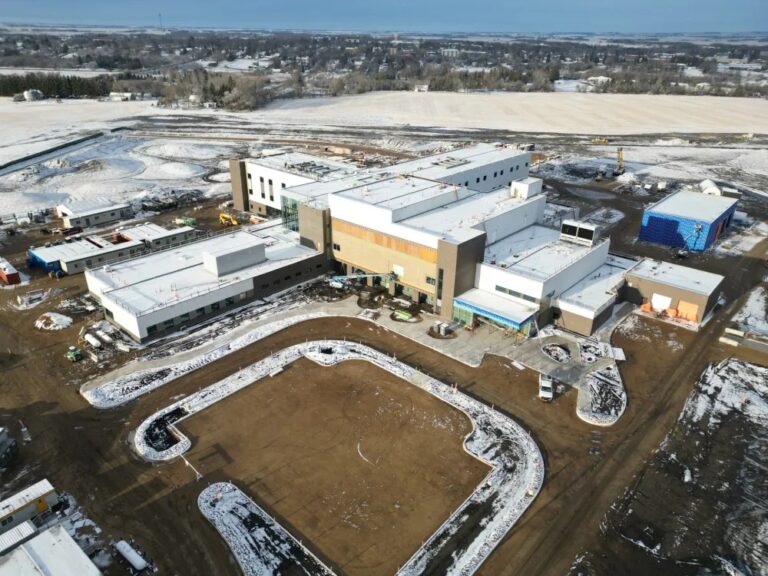The Province of British Columbia announced it is advancing design work for collision barriers to protect the Lions Gate Bridge and Ironworkers Memorial Bridge from damage in the unlikely event of a vessel strike.
A request for qualifications for engineering services to design these protections has been issued.
The collision barriers would be in-water structures designed to protect the bridges’ foundations from vessel damage. At the Lions Gate Bridge, the existing concrete collar at the base of the south tower will be enhanced with an in-water rock-fill berm (already in place at the north tower). At the Ironworkers Memorial Bridge, in-water deflection structures will be installed.
Following the request for qualifications, the Province will proceed to a request for proposals this year for engineering and design of the barriers.
During the design phase, the Province will continue discussions with regulators and undertake engagement with Indigenous groups, local governments, marine users and others to seek input into designs. This design work will inform the Province’s future funding decision for the project.
Both bridges are of critical importance to people throughout the Lower Mainland, as well as to the regional, provincial and national economies. The addition of protections against vessel strikes builds on the investments in ongoing rehabilitation and seismic retrofits of the two structures.
While the Ironworkers Memorial Bridge has decades of serviceable life remaining, the future of this crossing is an important consideration for the Province. This year, the Ministry of Transportation and Infrastructure will begin an in-depth study of the Second Narrows crossing, which will assess current conditions and begin planning for the long-term future of this crucial connection to the North Shore.
The Lions Gate Bridge and Ironworkers Memorial Bridge serve approximately 60,000 and 125,000 trips a day, respectively, and are crucial to the movement of people, goods and services in the region. These bridges have operated safely since opening in 1938 and 1960.
Featured image: (BC Ministry of Transportation and Infrastructure)

